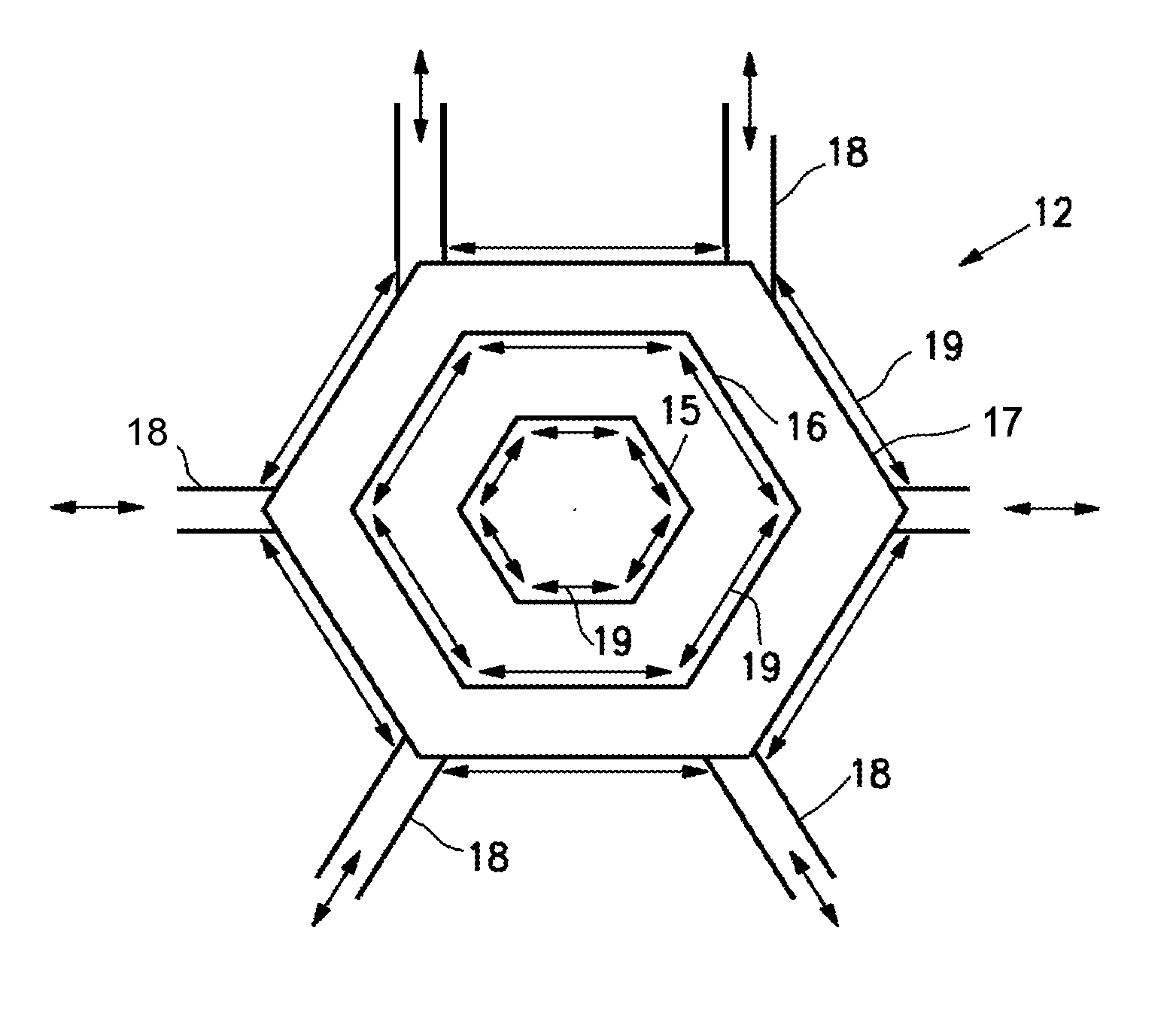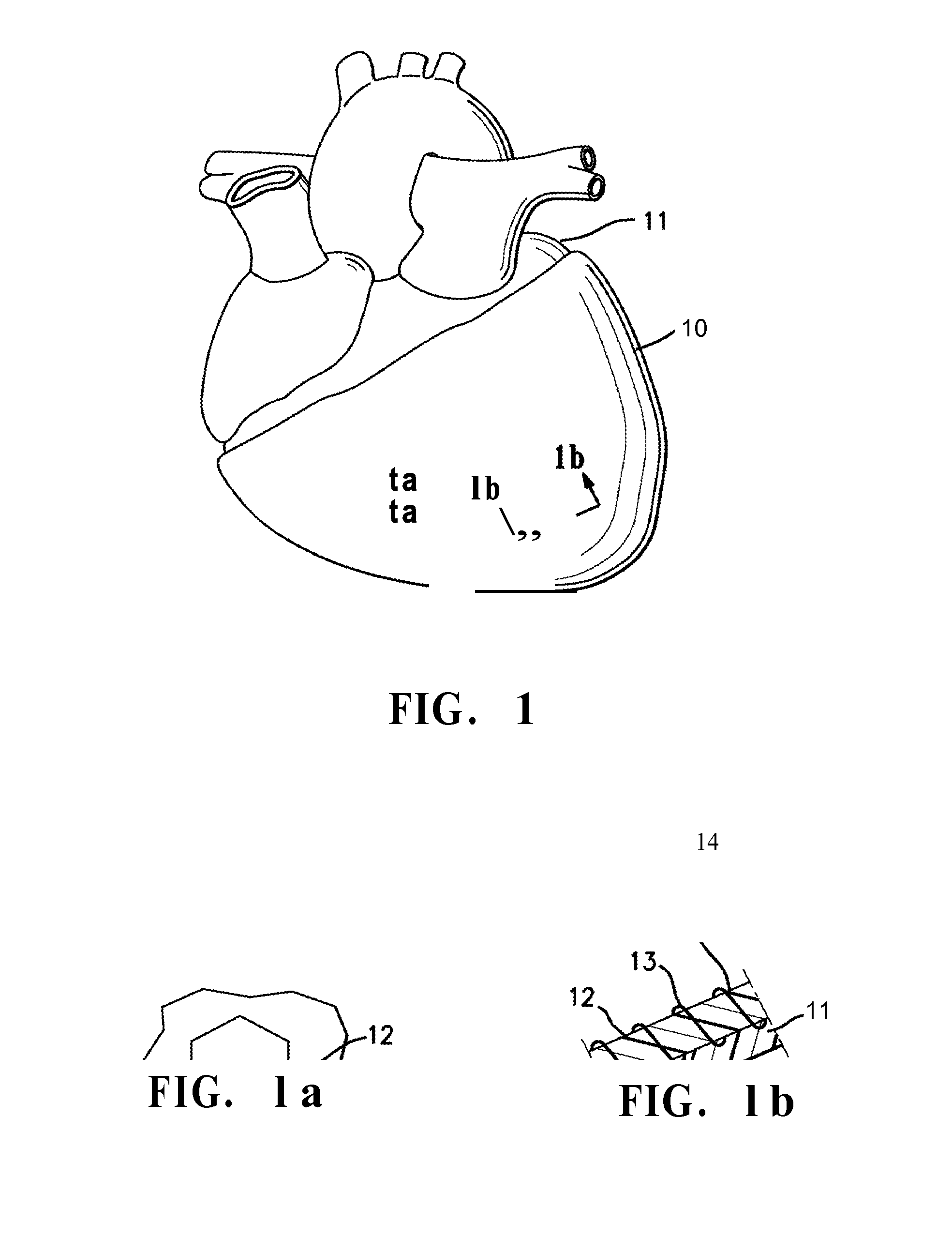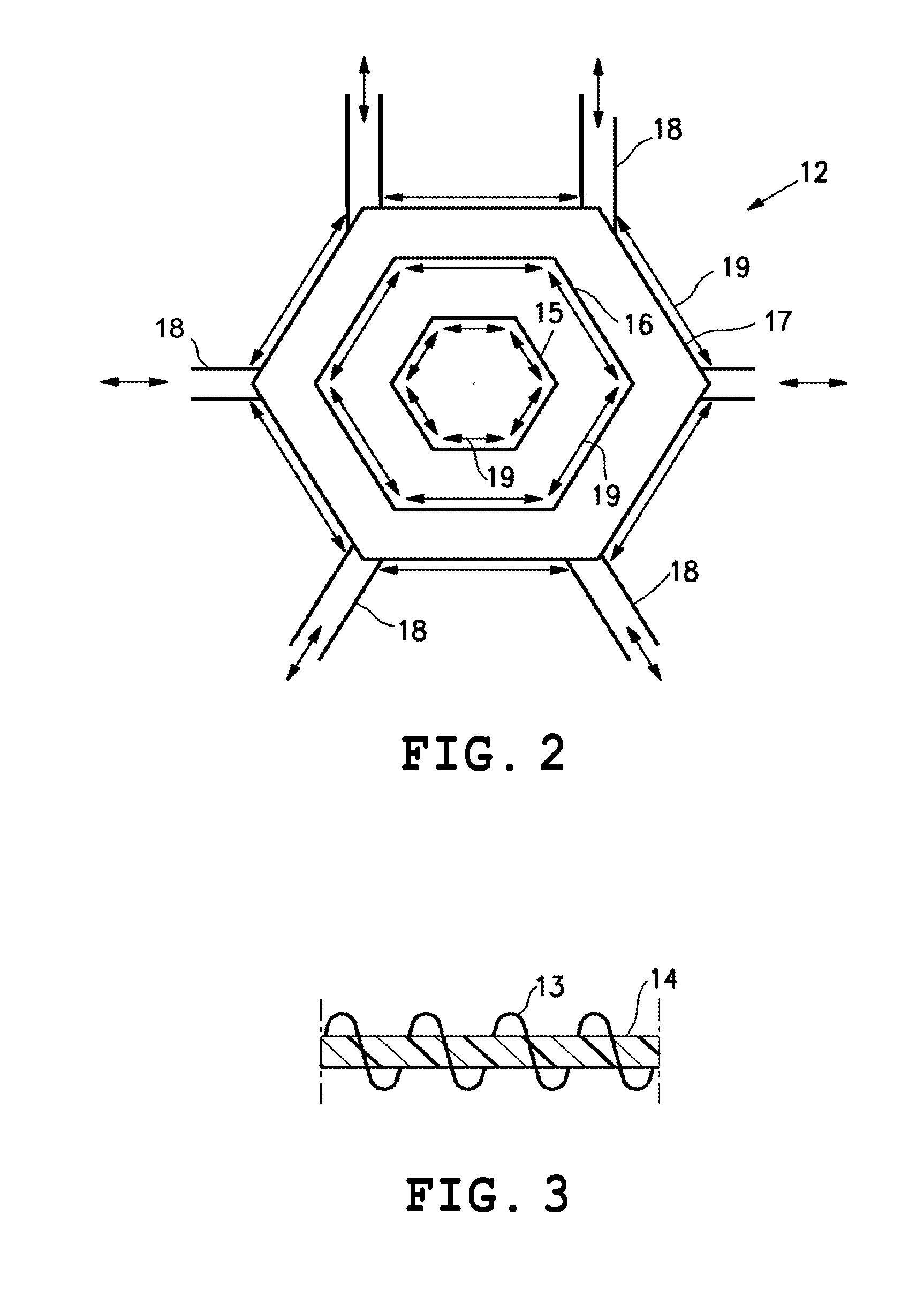Intelligent Nanomagnetic Cardiac Assist Device for a Failing Heart
a technology of cardiac assist device and nanomagnetic field, which is applied in the field of patient treatment of heart failure, can solve the problems of increasing the number of patients with end-stage heart failure, increasing the cost of frequent hospital admission, medication and outpatient visits, and increasing the mortality of late-stage heart failure in symptomatic patients, and achieving the effect of improving the survival rate of patients
- Summary
- Abstract
- Description
- Claims
- Application Information
AI Technical Summary
Benefits of technology
Problems solved by technology
Method used
Image
Examples
Embodiment Construction
[0031]This invention is directed to an innovative device, system and method for treating a patient's heart and particularly to a cardiac wrap or jacket configured to provide improved cardiac contraction and expansion. This invention utilizes the concept of a contractile cardiac jacket which has a contractile polymer jacket with the ability to compressed a patient's heart. FIG. 1 illustrates the contractile jacket mounted on a patient's heart. The contractile polymer jacket has a plurality of contractile cells as shown in FIGS. 1 and 2, preferably hexagonal in shape, that are embedded in or otherwise secured to a polymer layer of the jacket. The contractile cells secured to the polymer layer have electrically conductive coils that are preferably made of nano-sized wires (herein termed nanowires) which are wrapped in coils and are incorporated in the cells. The nanowires are preferably formed of platinum or conductive platinum alloys. The high quality of the polymer allows it to fill ...
PUM
 Login to View More
Login to View More Abstract
Description
Claims
Application Information
 Login to View More
Login to View More - R&D
- Intellectual Property
- Life Sciences
- Materials
- Tech Scout
- Unparalleled Data Quality
- Higher Quality Content
- 60% Fewer Hallucinations
Browse by: Latest US Patents, China's latest patents, Technical Efficacy Thesaurus, Application Domain, Technology Topic, Popular Technical Reports.
© 2025 PatSnap. All rights reserved.Legal|Privacy policy|Modern Slavery Act Transparency Statement|Sitemap|About US| Contact US: help@patsnap.com



